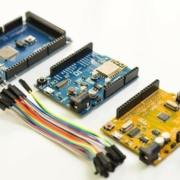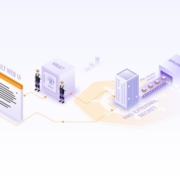“Business agility, scalability, and flexibility are critical to succeeding in the contemporary digital environment. With cloud-native application development, companies can attain all these success parameters.”
Cloud-based solutions ensured connectivity, accessibility, availability, and business continuity when the COVID-19 crisis forced companies to build remote working models. Gradually, as companies started to realize the benefits of technological advancements, including Microservices, APIs (Application Programming Interfaces), Kubernetes containerization, and server-less architecture, the demand for cloud-native application development mounted simultaneously.










